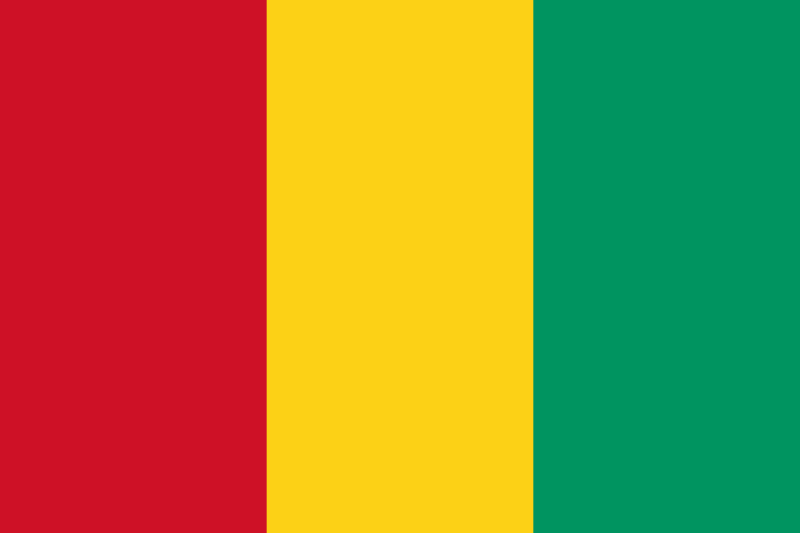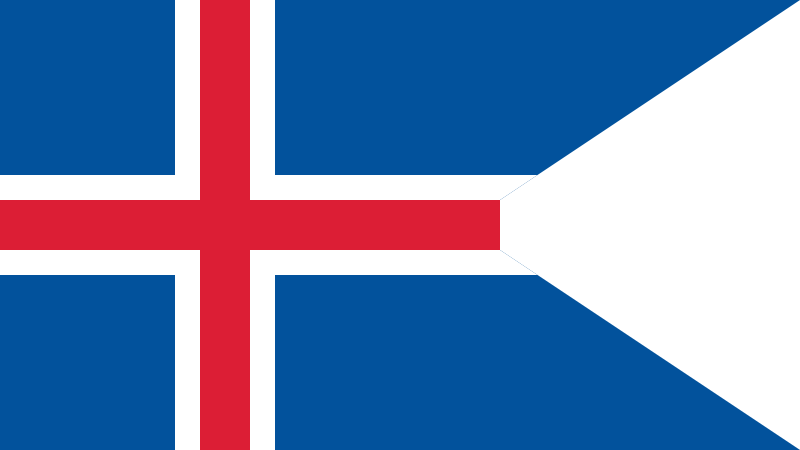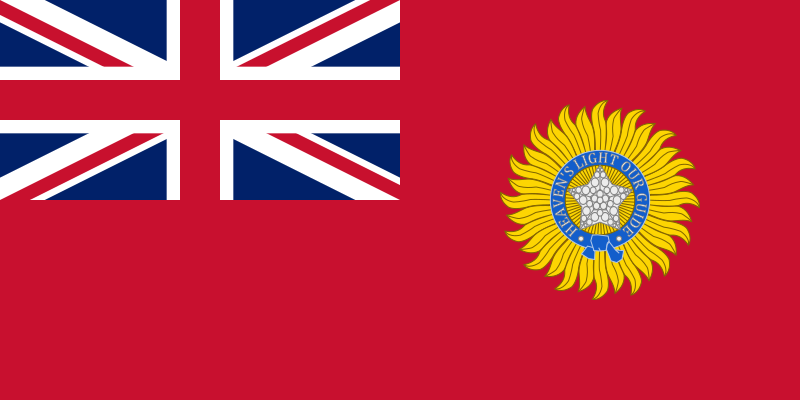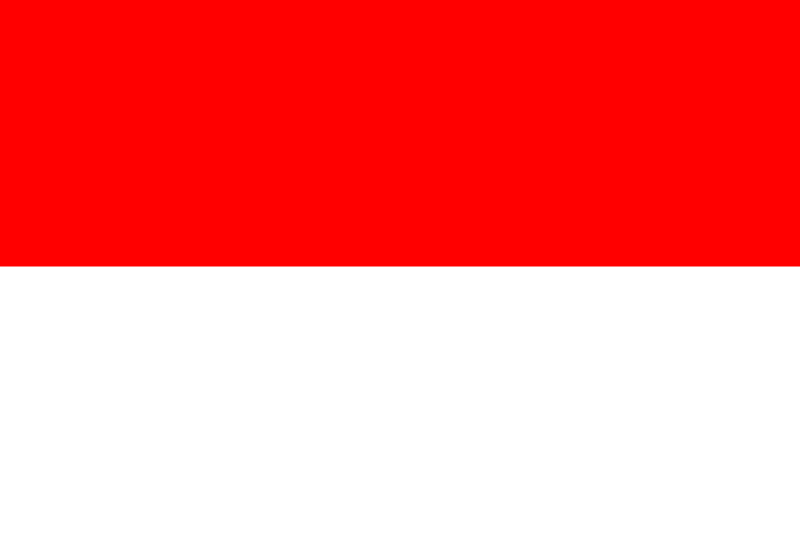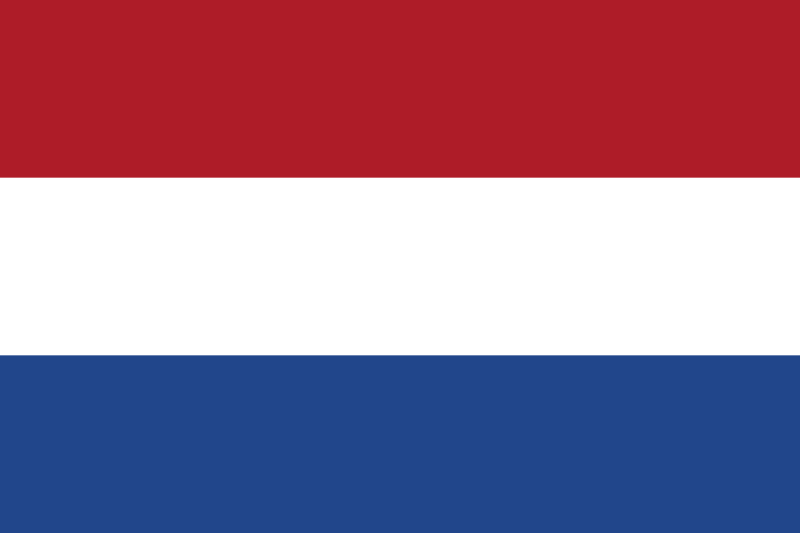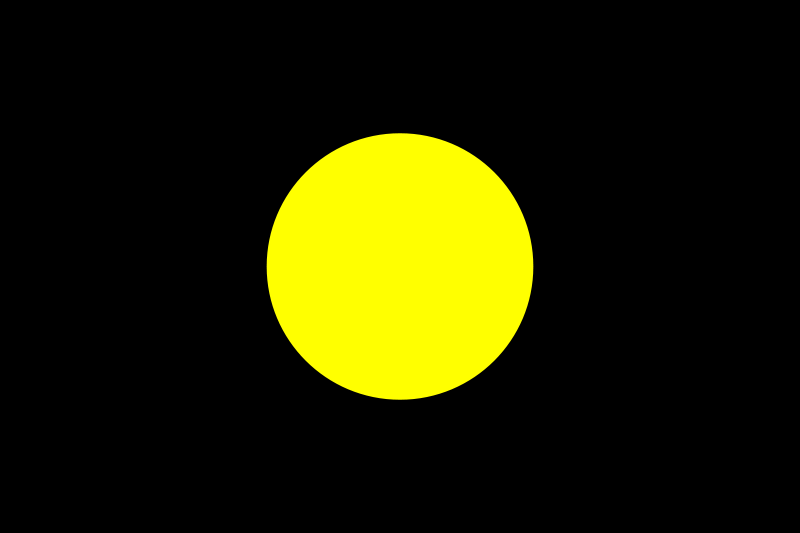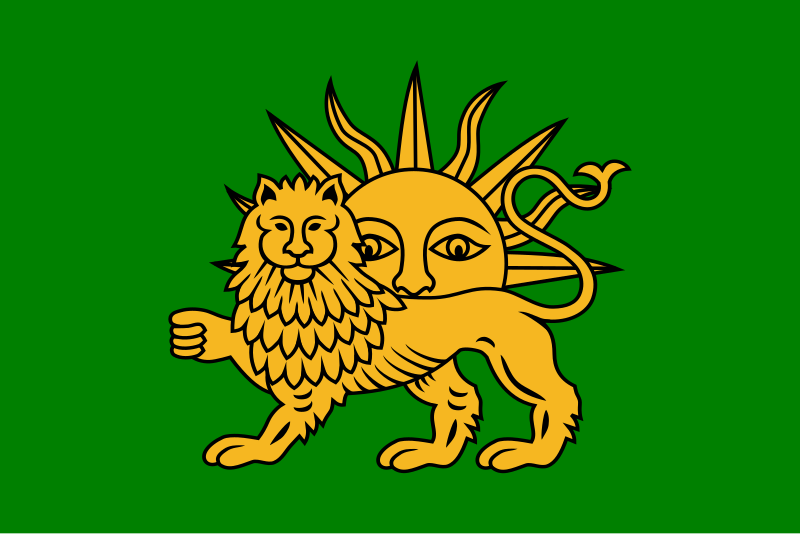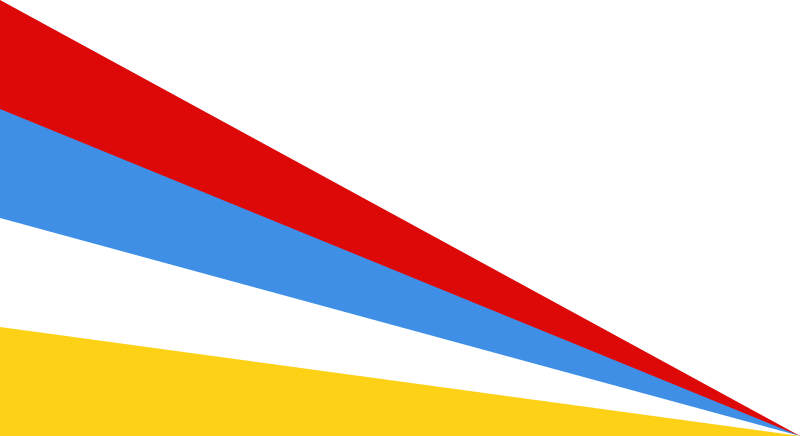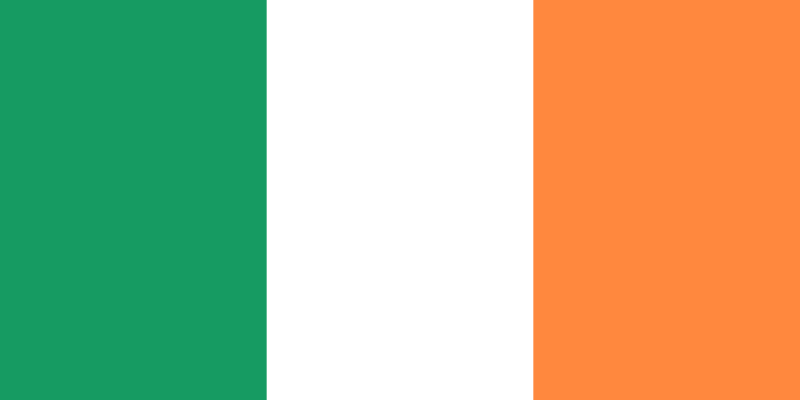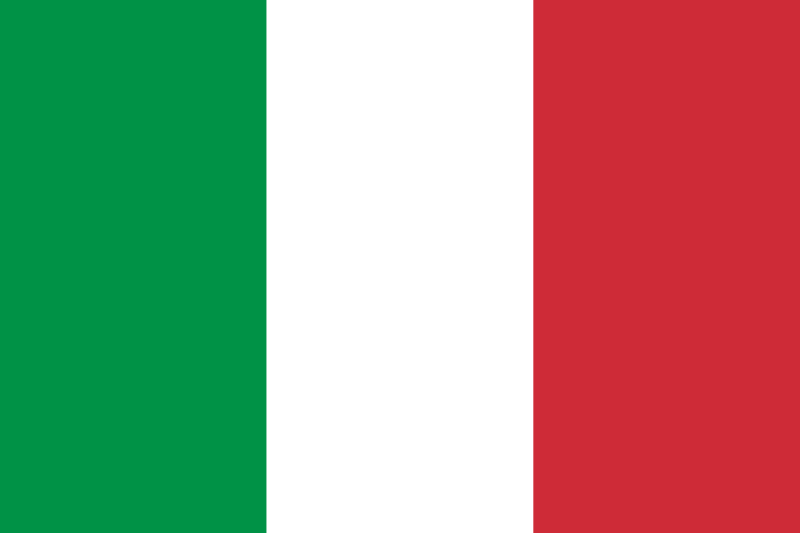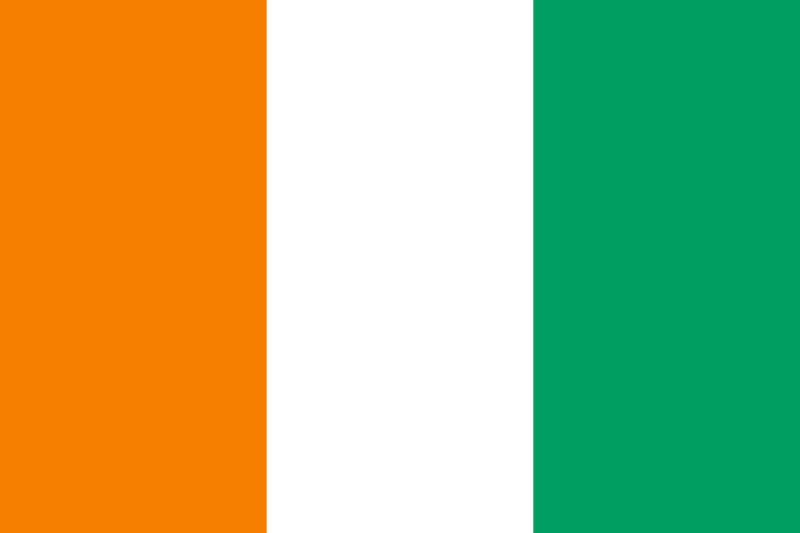- Thread starter
- #151
Flag of Guatemala

Civil ensign
 Ratio: 5:8 (an unusual ratio)
Ratio: 5:8 (an unusual ratio)
Adopted: 17 August 1871
Part 1
Rule 1: The coat of arms is too complicated to draw from memory. A child could draw the civil ensign though.
Rule 2: This is a Central American flag, so it's time for the Central American copypasta.
Rule 3: Ignoring the coat of arms, blue and white. Good colors.
Oh, and I guess it's time to talk about an important relating to rule, which, while I knew existed,didn't know the details of until last week embarrasingly enough: the rule of tinture. This was originally a heraldric rule, but it applie to vexillology too. Basically it states metals (that is, or and argent, gold and silver, represented by yellow and white) shall not be put on metals and colors shall not be put on colors (there are exceptions to this rule, but this is just the basic concept)
Once again ignoring the coat of arms, this flag has one color and one metal, thus not breaking the rule of tincture (note that a flag isn't neccesarily bad just because it breaks the rule of tincture)
I apologize for not knowing about the rule until... the 14th, I think.
Rule 4: The state ensign has (small) text and a complex coat of arms. The civil ensign, however, doesn't.
Rule 5: There are other flags with a vertical blue white blue tricolor, but they're obscure. I think this flag (even without its coat of arms) is rather distinctive, given it has the Central American colors but is vertical in constrast to the vertical flags in the region's other countries.
Part 2
1838-1843
 This flag has a complex coat of arms and text, and unlike the current it's not distinctive, due to the fact it's horizontal.
This flag has a complex coat of arms and text, and unlike the current it's not distinctive, due to the fact it's horizontal.
1843-1851
 Same as above.
Same as above.
1851-1858 (civil ensign, the state ensign had a complex coat of arms)
 This flag looks nice (in my opinion) despite breaking the rule of tincture (red touches bue and yellow touches white).
This flag looks nice (in my opinion) despite breaking the rule of tincture (red touches bue and yellow touches white).
1858-1871 (civil ensign, same deal as above)
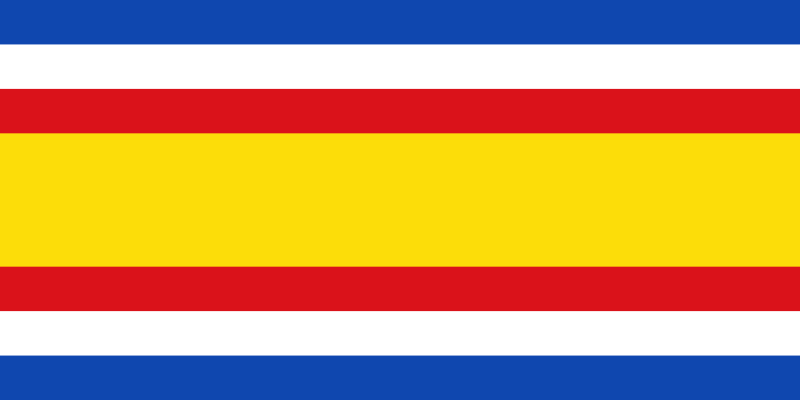 This flag, on the other hand, looks ugly despite breaking the rule of tincture.
This flag, on the other hand, looks ugly despite breaking the rule of tincture.
Part 3
The civil ensign is good. It's simple and relatively distinctive. The state ensign is also distinctive, but it also has text and a complex coat of arms (though it does have a quetzal. I like quetzals)
Civil ensign
Adopted: 17 August 1871
Part 1
Rule 1: The coat of arms is too complicated to draw from memory. A child could draw the civil ensign though.
Rule 2: This is a Central American flag, so it's time for the Central American copypasta.
And for the coat of arms:My Costa Rica writeup said:The Federal Republic's flag was influenced by Argentina's flag and had two blue stripes (representing the Pacific and Atlantic Oceans), and a white stripe between them (representing the land between them). The blue and white of this flag, and of every country that was a member of the Federal Republic's flag, comes from this
This flag's deisgn was like the other Central American countries's: a blue white and blue horizonta ltriband with a coat of arms in the center. In 1851, when Guatemala was ruled by a conservative pro-Spain government, red and yellow were added to the flag because those were Spain's colors. In 1871 the liberals took over and removed the red and yellow on the flag, changed the coat of arms and made the flag vertical to distinguish this flag from those of other Central American countries.Wikipedia said:In the center of the flag is the Guatemalan coat of arms. It includes the resplendent quetzal, the national bird of Guatemala that symbolizes liberty; a parchment scroll bearing the date of Central America's independence from Spain, 15 September 1821; crossed rifles, indicating Guatemala's willingness to defend itself by force if need be; a bay laurel crown, the symbol for victory; and crossed swords, representing honor
Rule 3: Ignoring the coat of arms, blue and white. Good colors.
Oh, and I guess it's time to talk about an important relating to rule, which, while I knew existed,didn't know the details of until last week embarrasingly enough: the rule of tinture. This was originally a heraldric rule, but it applie to vexillology too. Basically it states metals (that is, or and argent, gold and silver, represented by yellow and white) shall not be put on metals and colors shall not be put on colors (there are exceptions to this rule, but this is just the basic concept)
Once again ignoring the coat of arms, this flag has one color and one metal, thus not breaking the rule of tincture (note that a flag isn't neccesarily bad just because it breaks the rule of tincture)
I apologize for not knowing about the rule until... the 14th, I think.
Rule 4: The state ensign has (small) text and a complex coat of arms. The civil ensign, however, doesn't.
Rule 5: There are other flags with a vertical blue white blue tricolor, but they're obscure. I think this flag (even without its coat of arms) is rather distinctive, given it has the Central American colors but is vertical in constrast to the vertical flags in the region's other countries.
Part 2
1838-1843

1843-1851
1851-1858 (civil ensign, the state ensign had a complex coat of arms)

1858-1871 (civil ensign, same deal as above)

Part 3
The civil ensign is good. It's simple and relatively distinctive. The state ensign is also distinctive, but it also has text and a complex coat of arms (though it does have a quetzal. I like quetzals)
